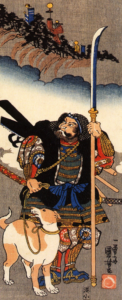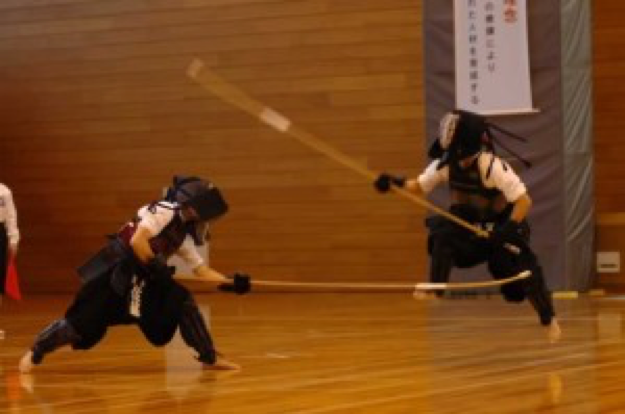
Naginata (なぎなた) is a modern Japanese martial art. It was developed as a form of physical education early last century drawing on the teachings of the traditional naginata schools such as Tendo-Ryu and Jikishin Kage-ryu.
The naginata itself is a weapon that consists of a 30-60cm blade fixed to the end of a 1.2m-2.4m wooden shaft. It was the principal weapon of foot soldiers from the eleventh until the fifteenth centuries, and was also widely used by warrior-monks. Over time it became a weapon primarily studied by women in warrior families as a means of defending the home.
The modern budo art uses two types of naginata. The first type consists of a wooden shaft with a bamboo blade and is used for general training. The bamboo blade allows full contact between participants during bouts. The second type is made of a single piece of wood and is used for kata.


Naginata embodies long-established ideals for personal cultivation and harmony of body and mind. The intention for self-development is not only to benefit the self, but to enable the individual to make a contribution to the continued harmony of society. With these underlying objectives, Naginata is practiced by thousands of people in Japan and around the world.